Bathroom soap stands are often chosen for their convenience and compact design, yet they are not without shortcomings. One common issue is the difficulty of keeping the stand dry. Since bathrooms are naturally humid spaces, soap stands frequently accumulate water,soap becoming mushy and less usable. This can create waste over time and may also make the surface slippery, which is not ideal in a place that already requires attention to safety.
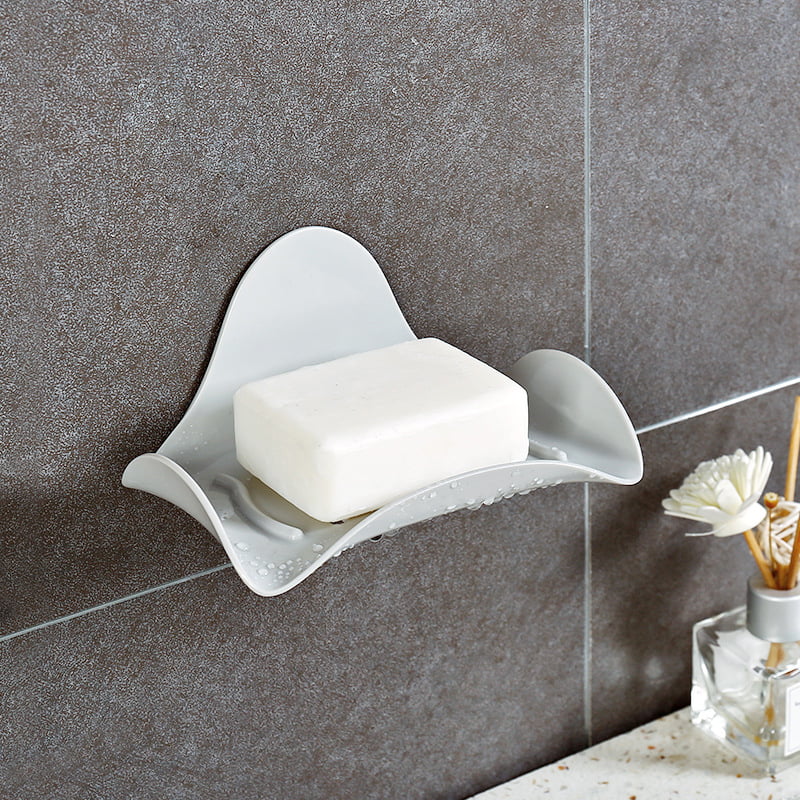
Another flaw lies in durability. Many soap stands are made from lightweight plastic or low-grade metals that can crack, discolor, or rust with prolonged exposure to water. Over time, this reduces not only their functionality but also their appearance. Adhesive-based stands, often used for ease of installation, may detach from the wall if the adhesive weakens due to moisture. Similarly, stands that are attached with suction cups can lose grip, causing inconvenience or even minor accidents if they fall.
Maintenance also presents challenges. Some soap stands have narrow gaps or intricate designs that trap residue, making cleaning difficult. If neglected, this can soap scum buildup or mildew, which detracts from the hygiene of the bathroom. Additionally, many soap stands are designed to hold only a single bar of soap, offering limited versatility for households that use liquid soaps, sponges, or multiple bar varieties.
While soap stands fulfill a simple purpose, these flaws highlight the importance of considering practicality, durability, and maintenance before selecting one. A thoughtful choice can minimize these issues, but awareness of potential drawbacks helps in making a more informed decision.
Decorative bathroom wall soap shelves differ from simple stands in both function and design. Their production processes often combine practical engineering with aesthetic considerations. One of the common methods is injection molding, used when the shelf is made from plastic. This process allows manufacturers to produce shelves in various shapes, with smooth surfaces and consistent finishes. Injection molding also supports customization, making it possible to add patterns or integrate transparent elements that suit different bathroom styles.
For shelves made of metal, casting and welding are typical. Aluminum or stainless steel may be cast into desired shapes, then polished or coated to resist corrosion. Welding may be used to join different parts, such as a soap tray and a supporting bracket, ensuring stability and strength. Metal shelves are often finished with electroplating or powder coating, both of which enhance resistance to moisture while also providing a polished look.
Glass shelves involve yet another approach. Manufacturers often use tempered glass for safety, ensuring the shelf is more resistant to breaking. The edges may be beveled or rounded for a smooth finish. Brackets are then attached, usually through adhesive bonding or screw fittings, to allow the glass to be securely mounted on the wall.
In addition to these methods, decorative touches are sometimes added through surface treatments. Etching, embossing, or painting can introduce unique textures and designs, while chrome plating or gold-toned finishes offer a more luxurious appearance. Each production process balances utility with aesthetics, reflecting the dual role of soap shelves as both functional accessories and elements of bathroom decor.

 English
English 中文简体
中文简体


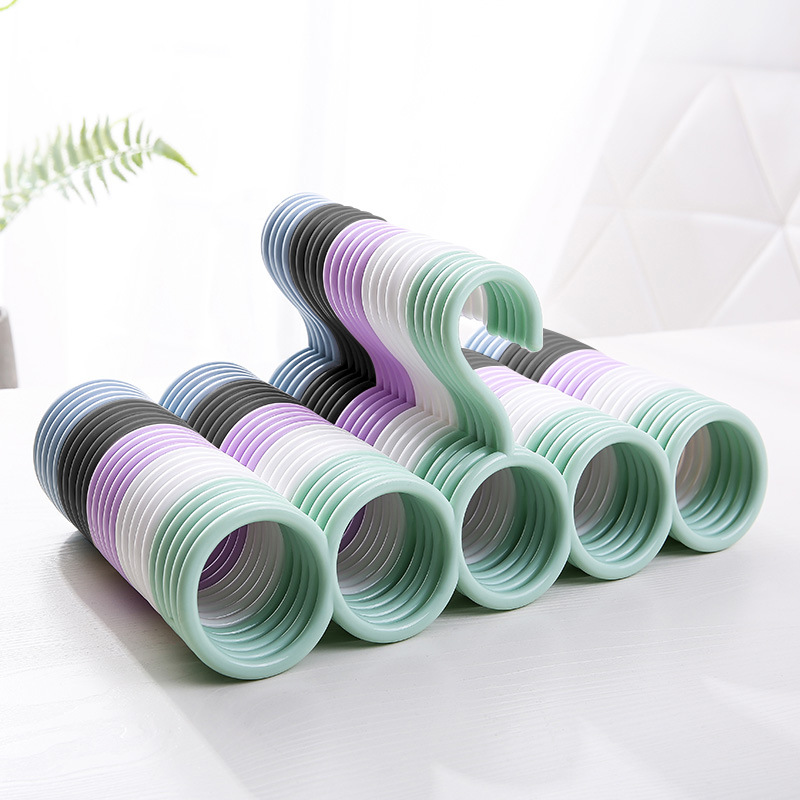
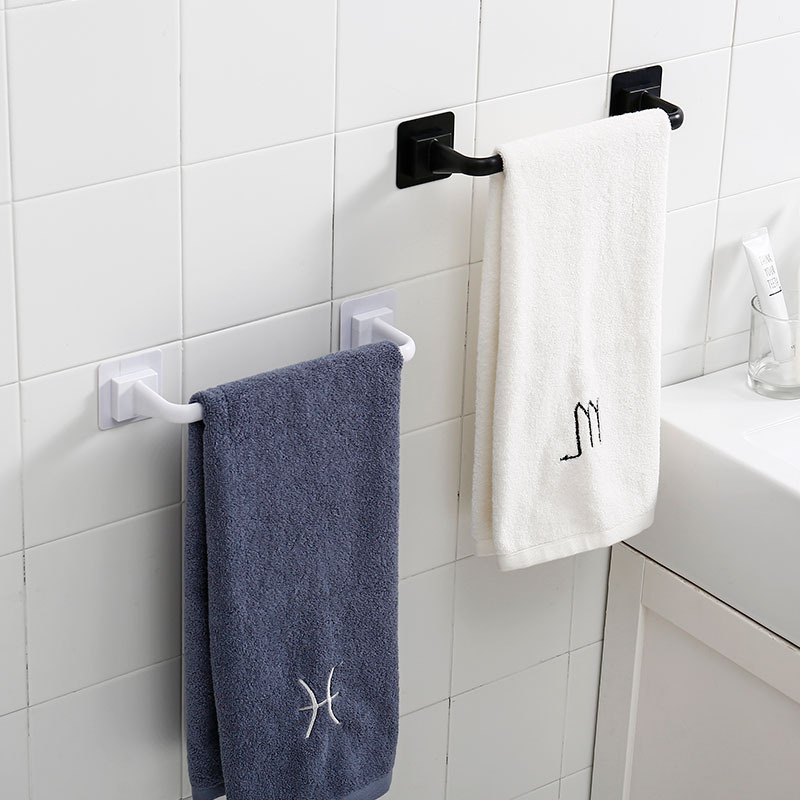
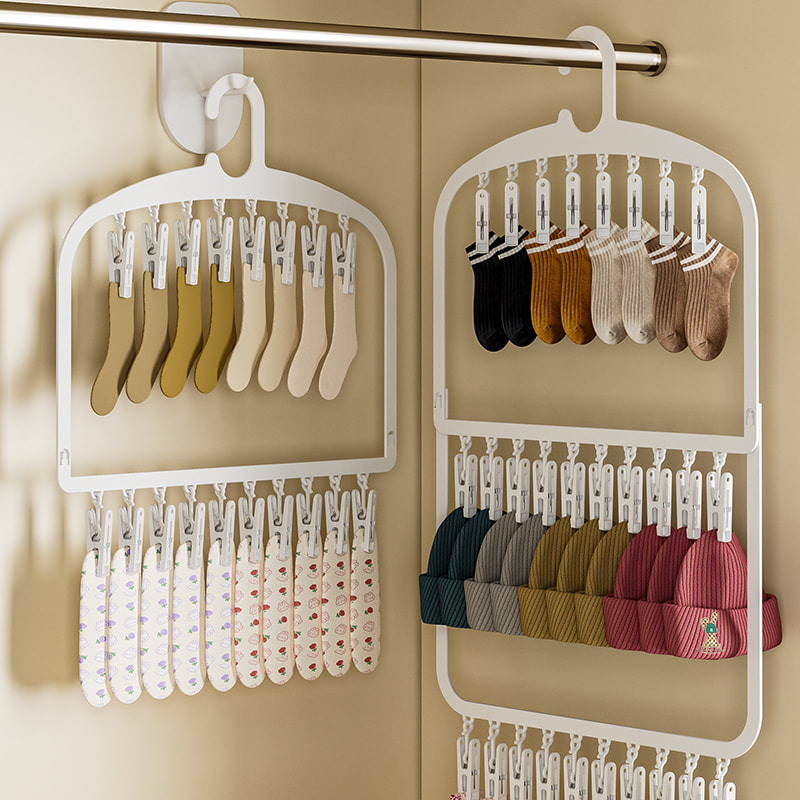
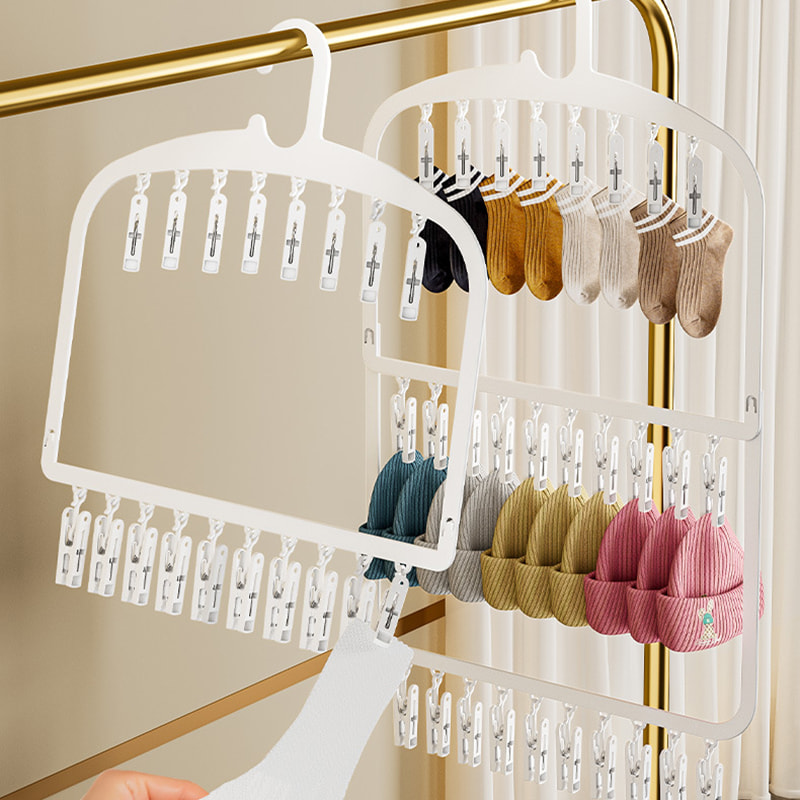
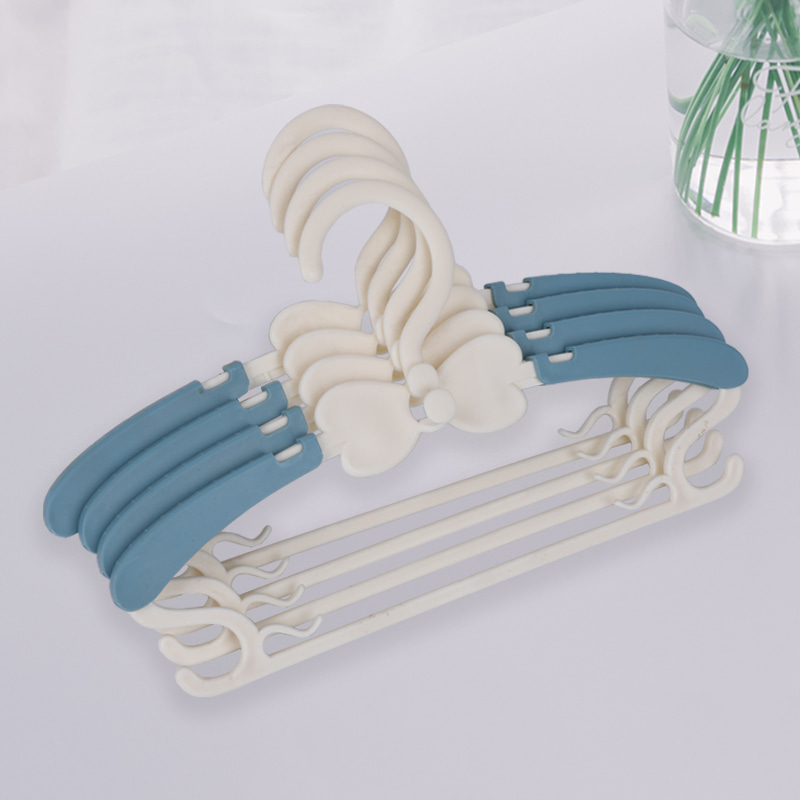
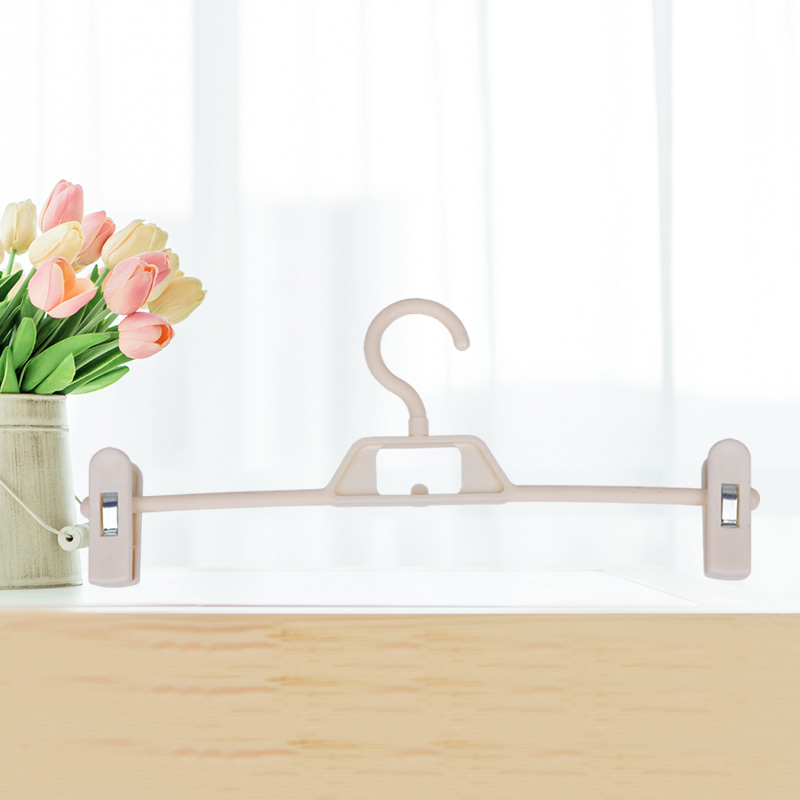
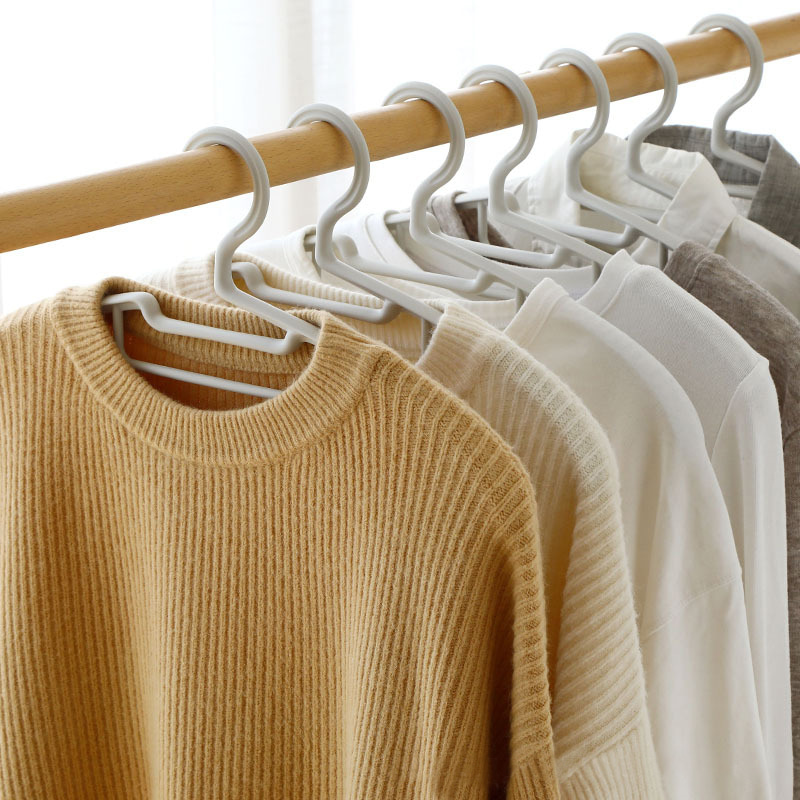
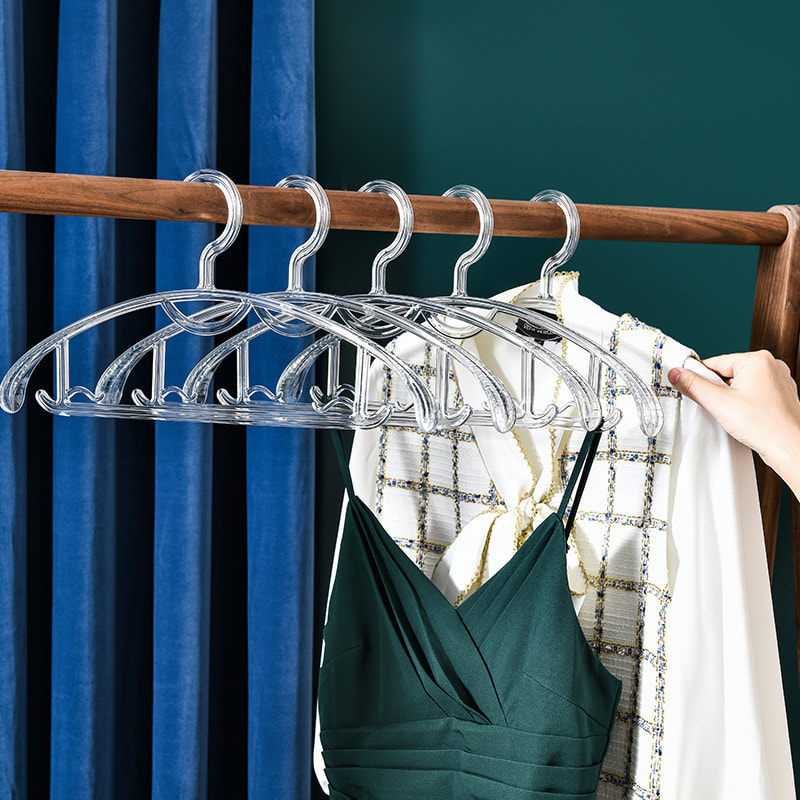
 Phone
Phone
 Email
Email